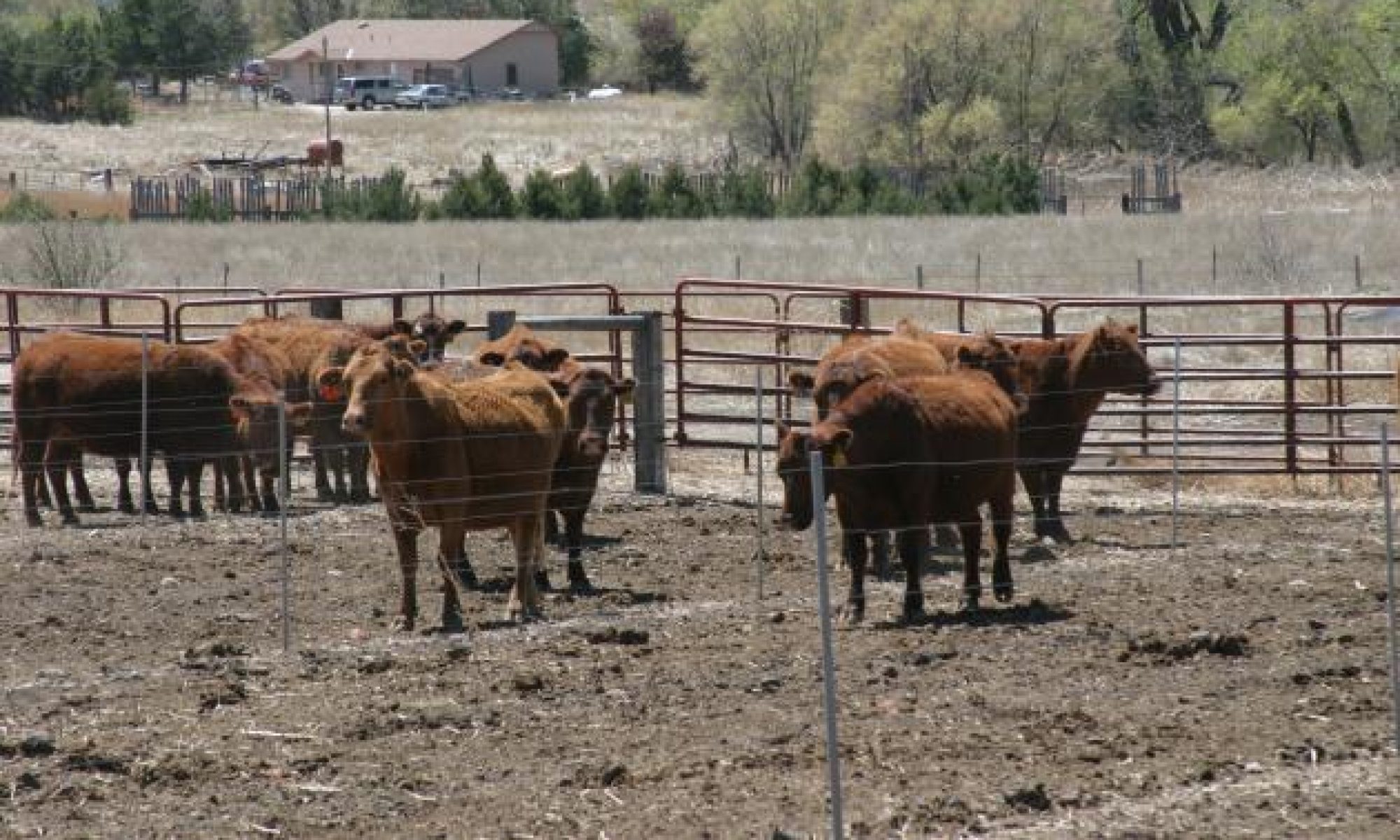Freemartinism is recognized as one of the most severe forms of sexual abnormality among cattle. This condition causes infertility in the female calves born twin to a male. When a heifer twin shares the uterus with a bull fetus, they also share the placental membranes connecting the fetuses with the dam. A joining of the placental membranes occurs at about the 40th day of pregnancy, and thereafter the fluids of the two fetuses are mixed. This causes exchange of blood and antigens carrying characteristics that are unique to each heifer and bull. When these antigens mix, they affect each other in a way that causes each to develop with some characteristics of the other sex. Although the male twin in this case is rarely affected by reduced fertility, in over 90 percent of the cases, the female twin is completely infertile. Because of a transfer of hormones or a transfer of cells, the heifer’s reproductive tract is severely underdeveloped and sometimes even contains some elements of a bull’s reproductive tract. A freemartin is genetically female but has many characteristics of a male. The ovaries of the freemartin do not develop correctly, and they remain very small. Also, the ovaries of a freemartin do not produce the hormones necessary to induce the behavioral signs of heat. The external vulvar region can range from a very normal-looking female to a female that appears to be male. Usually, the vulva is normal except that in some animals an enlarged clitoris and large tufts of vulvar hair exist. Freemartinism cannot be prevented; however, it can be diagnosed in a number of ways ranging from simple examination of the placental membranes to chromosomal evaluation. Producers can predict the reproductive value of this heifer calf early and save the feed and development costs if they are aware of the high probability of freemartinism. In some cases, there are no symptoms of freemartinism because the male twin may have been aborted at an earlier stage of gestation. Estimates vary of the percentage of natural beef cattle births that produce twins. One estimate (Gilmore) puts the percentage at about 0.5 percent or 1 in every 200 births. Approximately one-half of the sets of twins should contain both a bull and a heifer calf.
Even if the heifer has all the external features of being a female, many times the female reproductive tract is not fully developed. You can check at weaning time by trying to pass an artificial insemination (AI) rod as if you were artificially inseminating; the rod will only pass a short distance. Do not push or force the rod, as it may puncture the tract.
